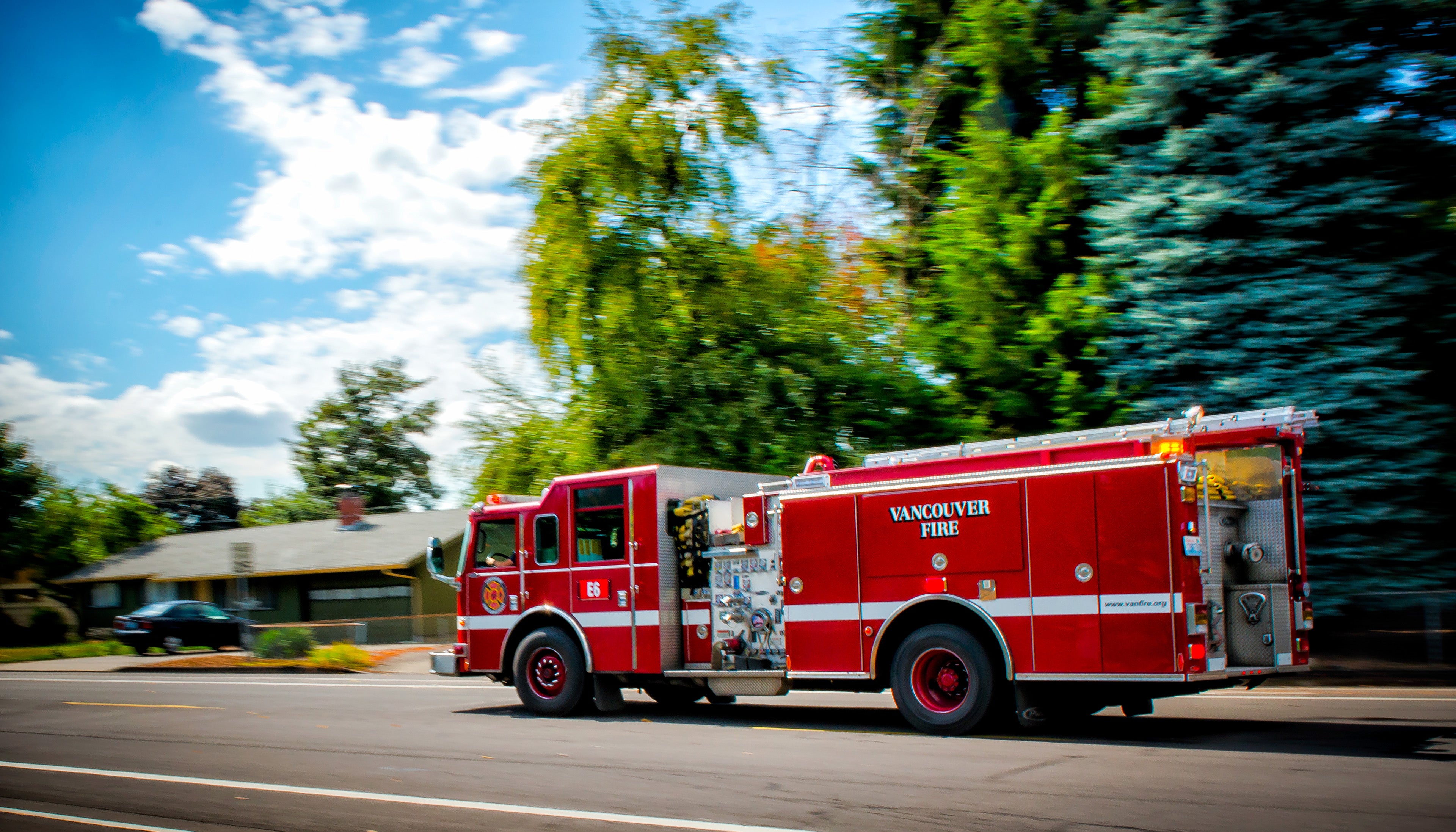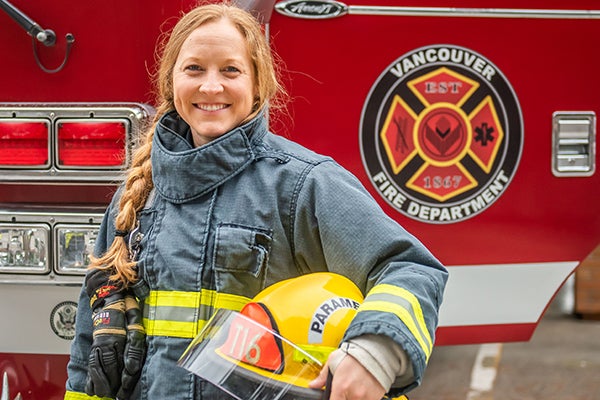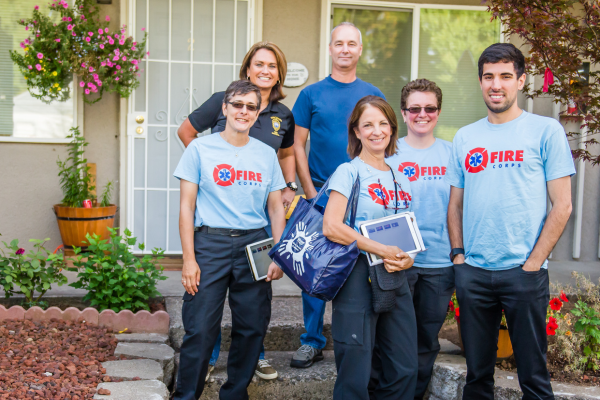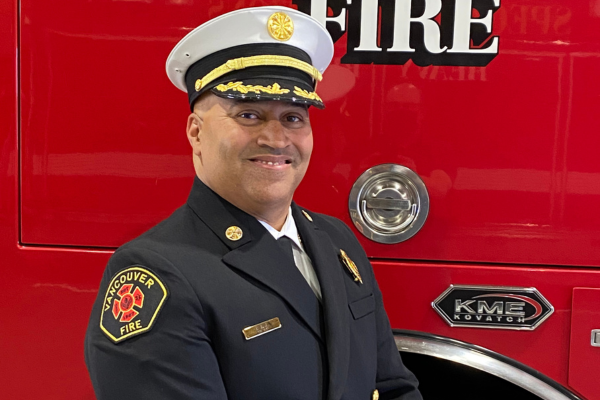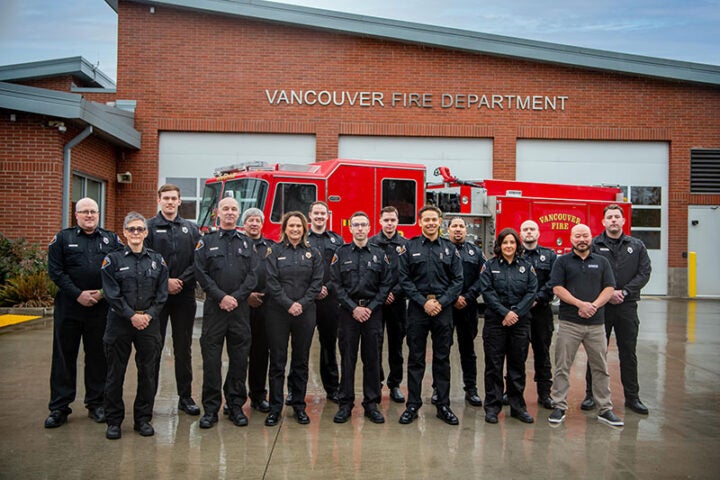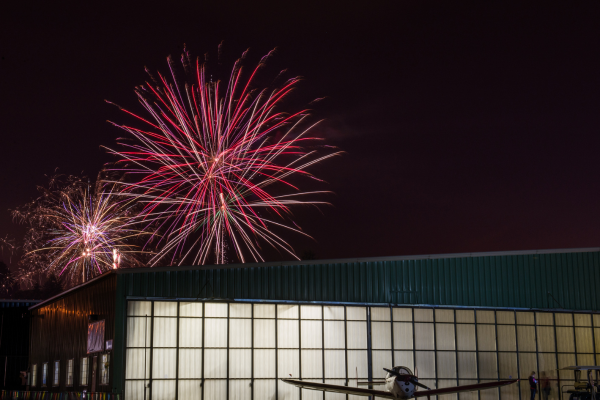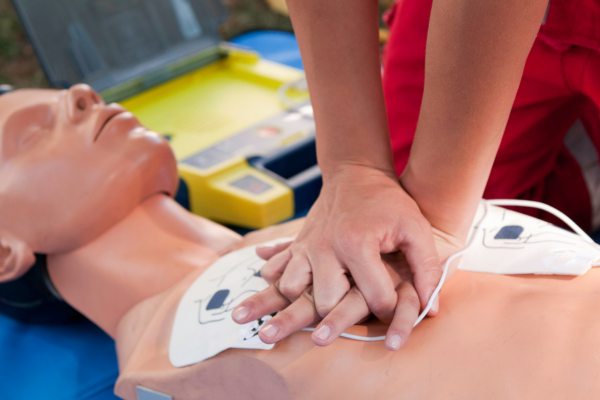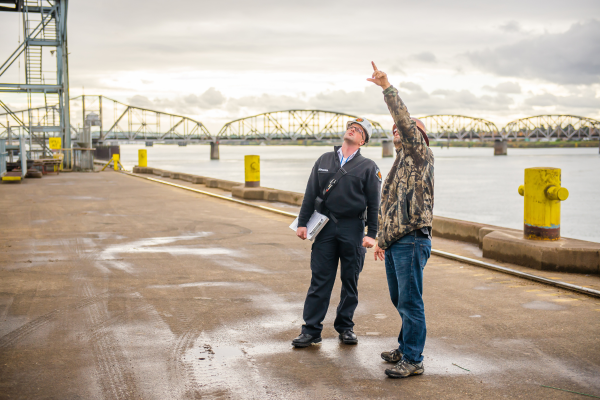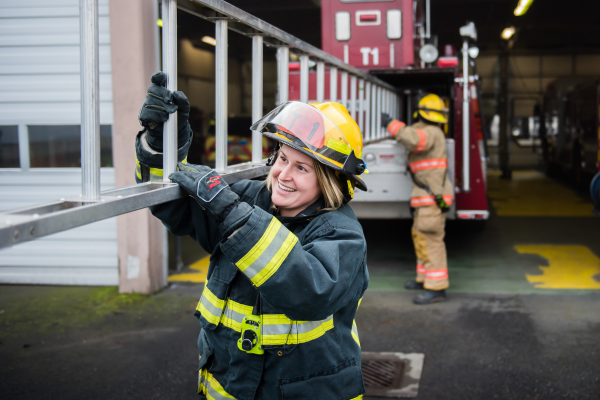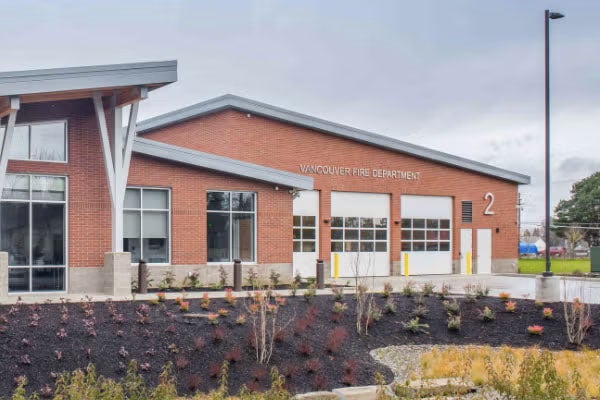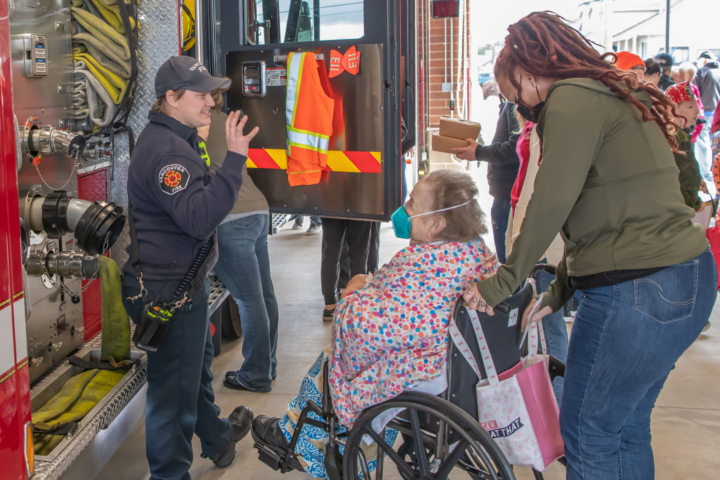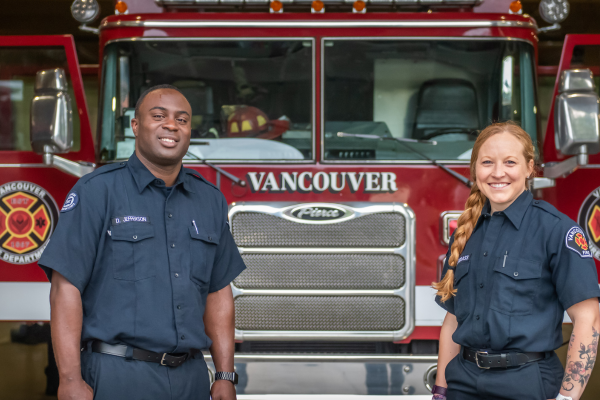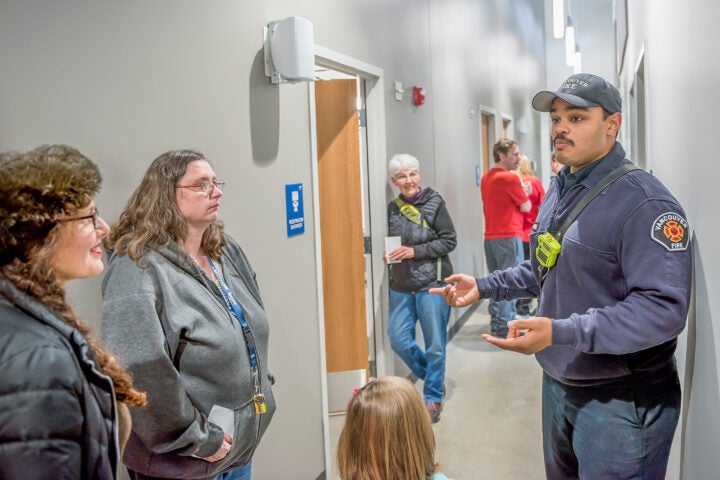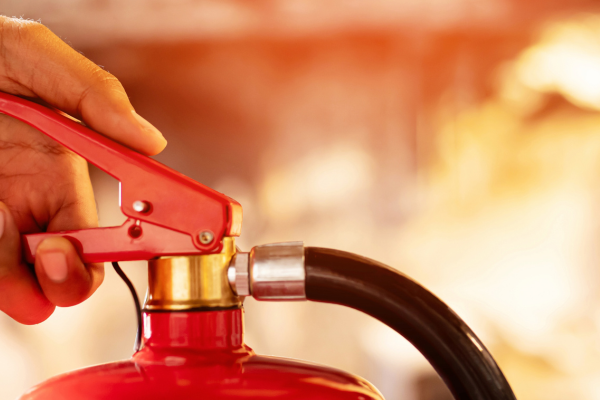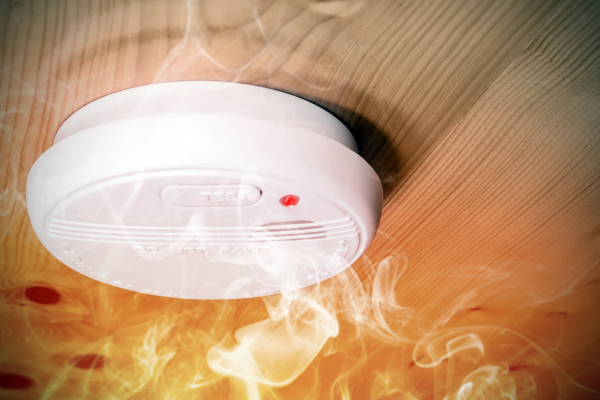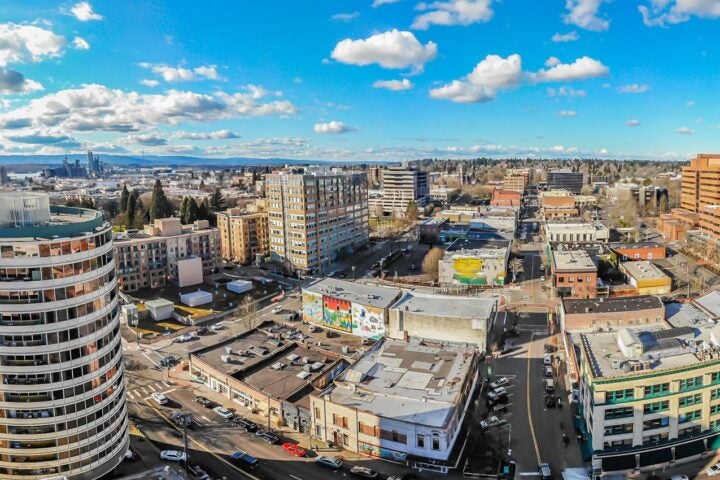Vancouver Fire Department
Vancouver Fire is one of the busiest and fastest-growing fire departments in the region
- We serve more than 294,000 residents and visitors across 90 square miles. Our frontline fire crews run more than 38,500 calls per year.
- We also protect 22 miles of shoreline along the Columbia River.
- VFD services include fire response, emergency medical response, hazardous materials response (regional), technical rescue (regional), maritime response, fire prevention, and fire investigation.
If you have a request not listed on this page, please contact us.
Services
Resources
